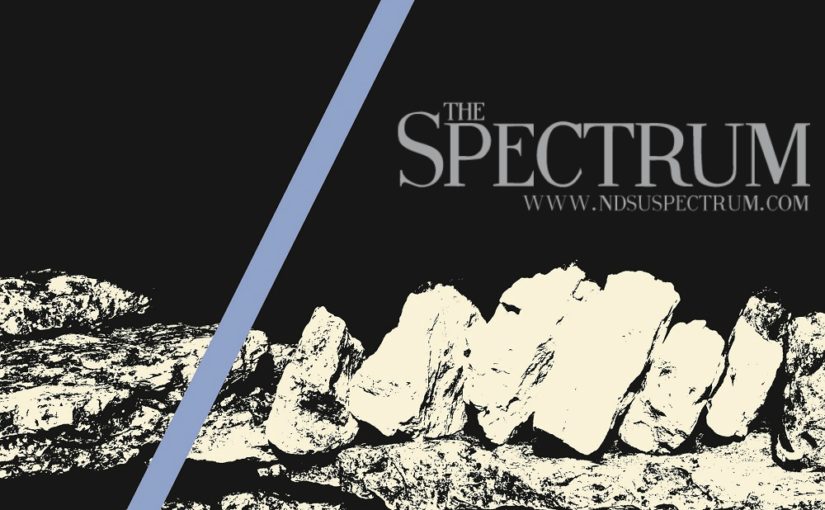Exploration of ideas, research and perspective: as a research university, these themes are central to NDSU.
Often, they aren’t thought of in connection to NDSU’s visual arts.
But for their upcoming year, the MU Gallery will embody NDSU’s proud tradition of research by applying it to their art on display.
“The Memorial Union Gallery provides a variety of exhibitions – from students and faculty to juried, themed and professional – in a short amount of time,” says curator Anthony Faris. “We really want to create an interaction with art.”
Unique artists, contemporary issues and visible, interactive artwork is only the beginning.
Audible Iconography
The Minneapolis-based post-punk-noise band Holler House (comprised of Garth Blomberg, Alan Erbach, Tony Spaay and Mike Novak) will open their show on Tuesday, August 30.
Holler House’s show will feature imagery documenting their experiences on tour throughout the United States.
“The song content and imagery draws from themes of underground societies, religions, the occult and modern blue-collar disparities,” the band’s bio explains.
Completely unique and imaginative, Holler House’s show will be a whole new experience with art.
Diverse Discussion
Artwork from around the country and world will come together to discuss modern society in the MU Gallery’s “Taking Issue.”
The juried exhibition, created by Florida native Lynnette Miranda and University of Illinois in Chicago coordinator Anthony Stepter, will feature 11 images from artists on immigration, politics, war and other contemporary issues
Regional, national and international artists will all be included in the show, hailing from North Dakota, Georgia, Greece and more.
“’Taking Issue’ will bring to life current social issues and provide a diverse interpretation of them,” Faris states. “It will also create vivid, relevant and real discussions.”
Day-to-Day Masterpieces
Beyond the gallery, art can be found on the second floor of the Memorial Union.
But there’s something more to these pieces, a level of thought and interaction not found in the average gallery.
“Art is static. After a while, it becomes decoration and is unseen. It’s really more of a perceptual experience,” Faris explains. “People often don’t realize that you take art with you. You can see a picture of something and later, you will recognize the effect a piece of art had on you with something you personally experience. It then becomes recognizable and relevant to you.”
Interventions evoke students to interact with the artwork and contribute their voice to the piece.
The constantly cycling interventions, including the current installation “How Are You Feeling?” allows students and faculty to interact and contribute to art in an everyday setting.
To draw attention to art, and its effects on our everyday lives, the MU Gallery has begun posing questions to anyone who views the art on display in the Memorial Union.
Next to the images, questions like “Would someone from a different place understand this painting differently than someone from ND?” and “Are the darks in this piece that dark in real life?” give potency to the art in a way simply viewing them never would.
An ever-changing cycle of art and interaction, not only in the gallery but also on the Union walls themselves, will continue to create interaction between students, staff and art throughout the semester and year.
